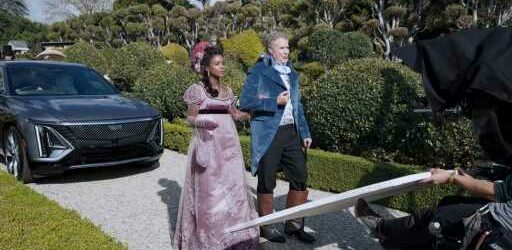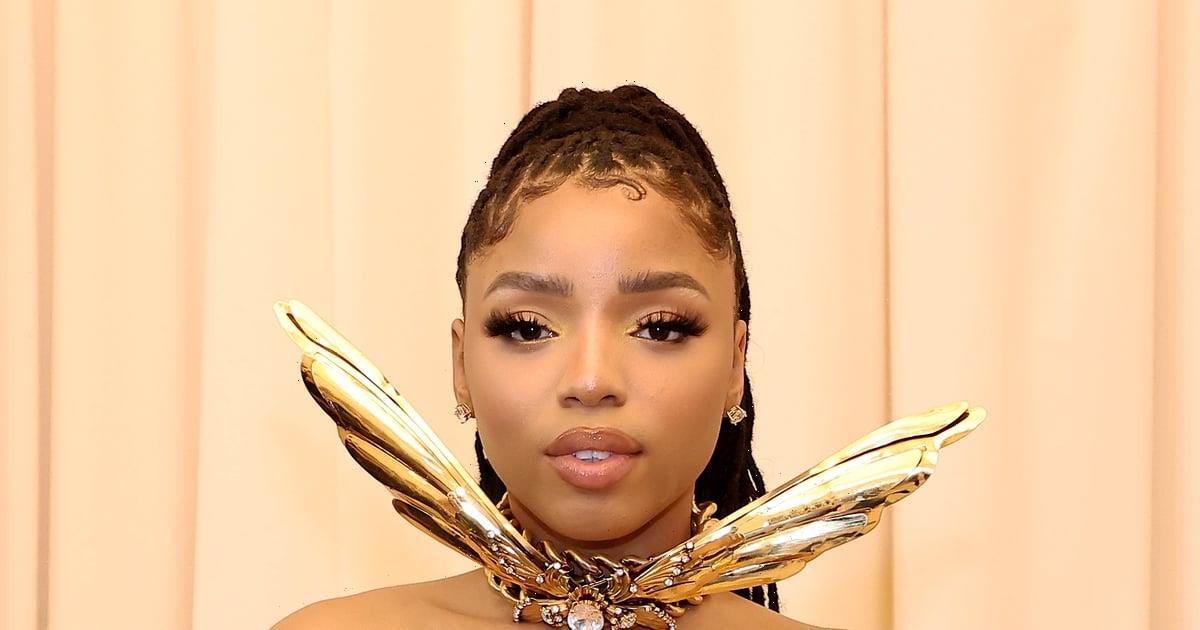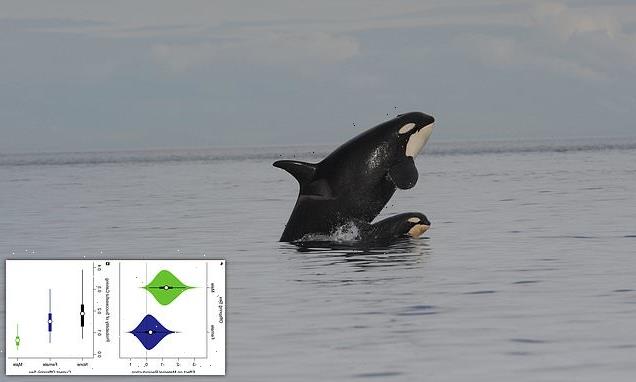Even Super Bowl advertisers need a little help these days.
When the snack giant Frito-Lay shows up in the commercial breaks of Super Bowl LVII this Sunday, it will do so with some guest stars in tow. The PepsiCo-owned company enlisted actors Bryan Cranston, Aaron Paul, and Raymond Cruz to reprise their characters Walter White, Jesse Pinkman and Tuco Salamanca from the popular series “Breaking Bad,” all in the name of selling the popped-corn snack Popcorners.
Some consumers may never have heard of this stuff, but chances are they’ll recognize the “Breaking Bad” trio.
And that, acknowledges Chris Bellinger, vice president of creative and digital at the snack maker, could present a challenge. His team is eager ”to make sure people don’t walk away saying, ‘That was an amazing ‘Breaking Bad’ commercial!’”
It’s a risk more advertisers in the Super Bowl seem willing to take. A handful of Super Bowl sponsors will show commercials that promote a lot more than just the company plunking down $6 million to more than $7 million for 30 seconds of airtime on Fox. Heineken will share space with actor Paul Rudd, who will play the character Scott Lang from Marvel‘s “Ant-Man’” movies. A third one in the series is slated to open next week. Both General Motors and Anheuser-Busch InBev are ceding ground in their star-studded Super Bowl commercials to Netflix, with the automaker dispatching Will Ferrell to drive through scenes from Netflix shows in an electric vehicle and Michelob Ultra running a QR code on screen that grants access to a Netflix golf documentary. An ad for “Poker Face,” a new series on NBCUniversal’s Peacock streaming service, will mention Super Bowl ads from Google and M&Ms. Online shopping site Rakuten will feature Alicia Silvestone playing Cher Horowitz, the entitled character from the 1995 film “Clueless.”
Celebrities and guest stars have long been a Super Bowl staple, and in many ways, the aforementioned pitches are no different. And yet, each puts a spotlight on a product or service other than the one the company paying for the ad hopes to sell. General Motors needs to offload cars, and Michelob Ultra wants to pour beer. Neither has as much invested as Netflix does in generating new subscriptions and tallying up minutes spent with that service’s programming, What’s more, the opening box office for a Marvel movie has little to do with overall sales of Heineken.
And while the sight of characters from “Breaking Bad” or “Clueless” is certain to get fans stirred up, both those properties are also businesses of their own in 2023, thanks to the advent of streaming. Each is available on streaming services, where attention paid can help bolster licensing rights in ways that a salty snack or online shopping run never could.
“It takes a lot of teamwork,” acknowledges Deborah Wahl, General Motors’ chief marketing officer. “It only works when it’s good for both partners and we both get a message that’s impactful.”
Bringing a media property on board can lend new relevance to a beer or a car hoping to stand apart from the pack, says Tim Calkins, a marketing professor at Northwestern University’s Kellogg School of Management who had spent years studying Super Bowl commercials. Still, “when you have two brands working together there is a lot of complexity,” he says. “Both parties want to have an impact on the message, and that’s not so easy.”
The practice of loading up a single commercial with multiple brands is known among TV sales executives as “tagging,” and it’s not something networks generally like to encourage. Why let two customers share a single commercial when they could each buy their own? Under the aegis of a maverick CMO, Joel Ewanick, General Motors in 2012 proposed the idea of placing its vehicles in the commercials of other Super Bowl ads — perhaps paying for the privilege of doing so. NBC, the network that had the rights that year to air the gridiron spectacular, did not express enthusiasm.
With advertising dollars moving along with consumers to streaming, the networks have been willing to bend their rules, if not out and out break them.
When CBS telecast Super bowl LIII in 2019, one of the most-recalled commercials of the evening was one that allowed the Bud Knight, an Anheuser-Busch InBev mascot, to be mauled by a character from HBO’s “Game of Thrones.” The brewer wanted people to drink its beer. HBO wanted viewers to tune into the last season of its fantasy classic.
Since that time, boundaries around Super Bowl ads have become less rigorous. In 2020, Procter & Gamble’s Mr. Clean character was granted leave to attend the Super Bowl ad funeral of Mr. Peanut, the Planters mascot then owned by Kraft Heinz. General Motors in 2022 revived characters from HBO’s “The Sopranos” in an ad for Chevrolet. The popular series, which ran from 1999 to 2007, enjoyed a new burst of interest during the coronavirus pandemic thanks to streaming.
If these ads aren’t managed carefully, they may leave audiences confused. Commercials “can be somewhat overpowering to the viewer when there are too many messages,” says Carol Goll, who oversees brand marketing and endorsement pacts for Range Media Partners.
And yet, adding flashy elements may be more critical than ever. The cost of Super Bowl advertising has soared nearly 48% between 2016, according to Kantar, a tracker of ad spending, when a 30-second spot cost an average of $4.4 million, and 2022, when one cost an average of $6.5 million. “As the media buy becomes more and more expensive, it’s really important for brands to leverage attention as much as possible,” Goll adds.
Indeed, Super Bowl advertisers are vying for attention with more than 70 other national sponsors — plus dozens of TV promos from the Super Bowl host network and a passel of advertisers who have purchased local commercials form the TV stations showing the game. “Essentially, you have signed up to shout into a hurricane,” says Bellinger, the Frito-Lay executive, who is hoping PopCorners, one of the smaller brands in the company’s portfolio, gains new customers. “So you’ve got to figure out something that will pull you out of it and really help you stand alone.”
Few things are left to chance. Frito-Lay created the “Breaking Bad” spot in-house, says Belinger, working with the series’ creator Vince Gilligan and the trio of actors to make sure the scene felt authentic to the show. But executives also paid attention to how PopCorners was positioned in the scene. No one wanted to intrude on the “Breaking Bad” theme in a ham-fisted way, Bellinger notes, but “we do think about how many times you have a verbal call-out of the name” and the “the right amount of call-out attributes for the brand.” To determine if the venture worked, Frito-Lay will study reaction to the Super Bowl ad on social media, examine whether consumer recall of the product improves, and, of course, sales.
Some executives remain leery. “The key is making sure your Super Bowl spot is about you,” says Michelle St. Jacques, chief marketing officer of MolsonCoors, which is putting an ad in the Super Bowl for the first time in more than three decades after rival Anheuser-Busch gave up an exclusive beer sponsorship of the gridiron spectacle. “We are really focused on making sure everything is big and epic and breakthrough, but also leaves our brands stronger coming out than when they came in.”
In Super Bowls past, the commercials that stood out were the ones that presented something wholly original, like Apple’s famous “1984” ad, Chrysler’s 2012 post-halftime spot relying on Clint Eastwood to cheer Americans on to rebound after a recession a few years earlier. Tying up two different brands in one spot may be efficient, says Ronnie Goodstein, an associate professor of marketing at Georgetown University’s McDonough School of Business, but if the commercial doesn’t focus on the product, all will be lost. “The star of the show should be the consumer’s interaction with the brand,” he says. “The star of the show shouldn’t be Paul Rudd.”
Read More About:
Source: Read Full Article


